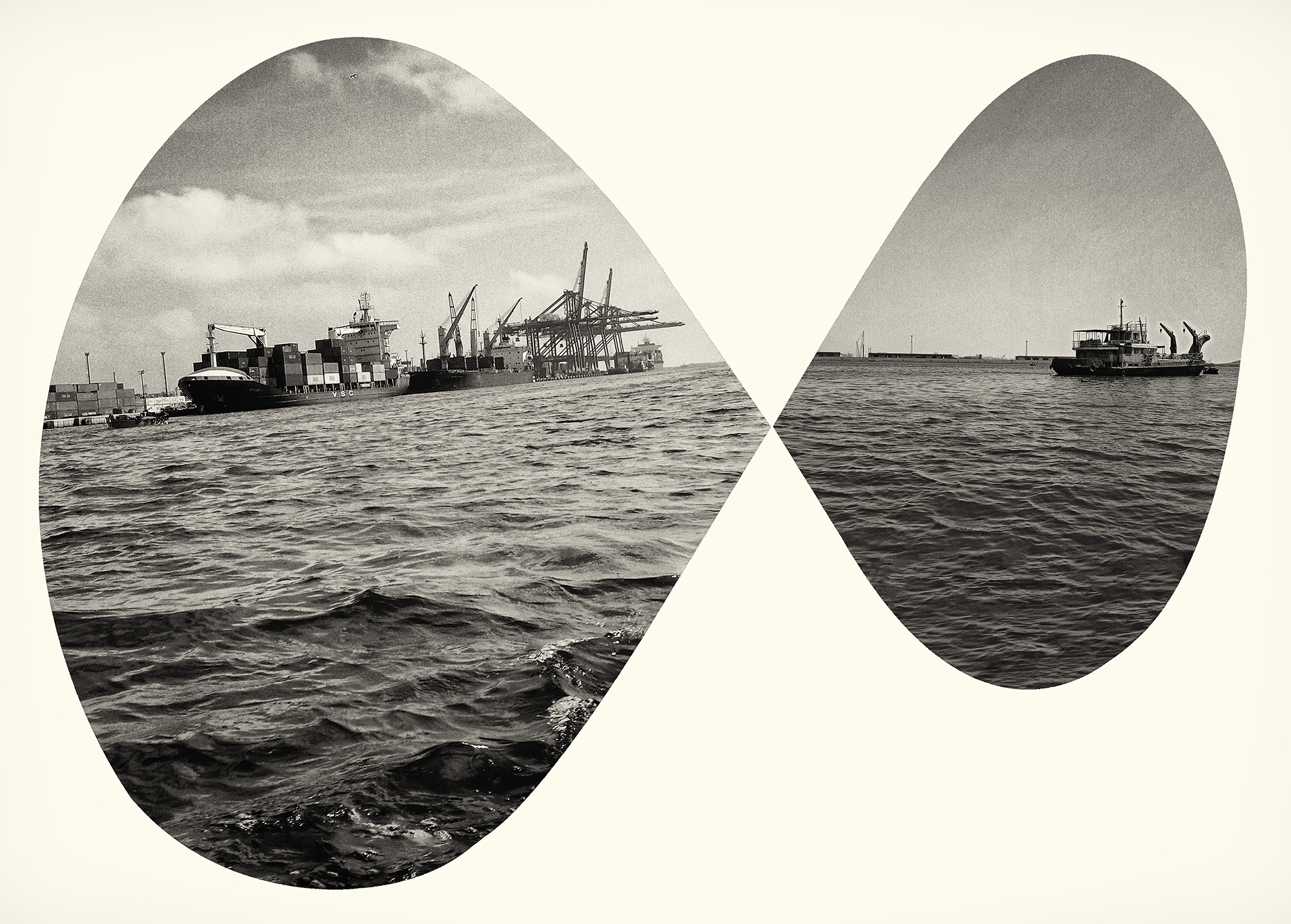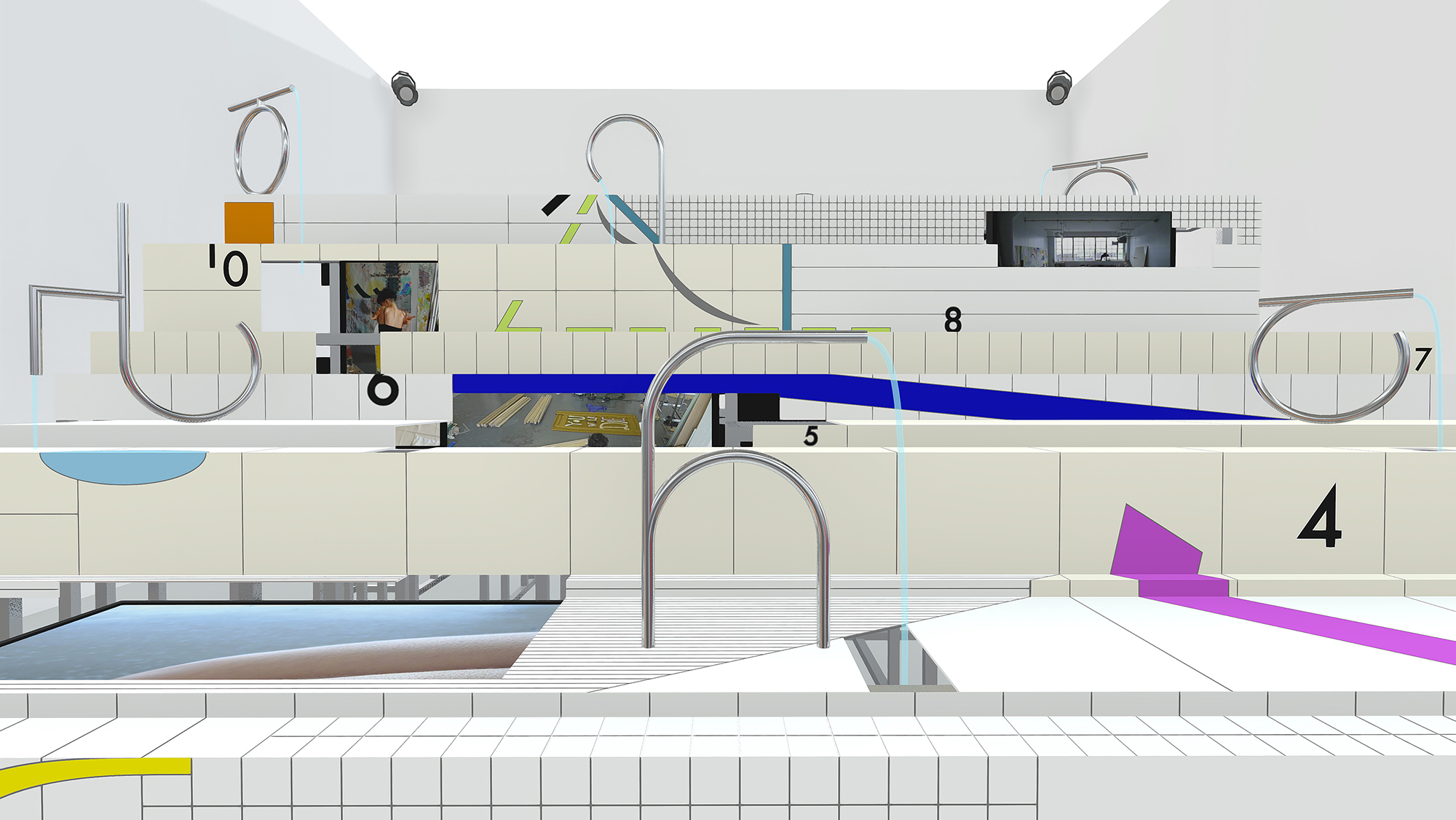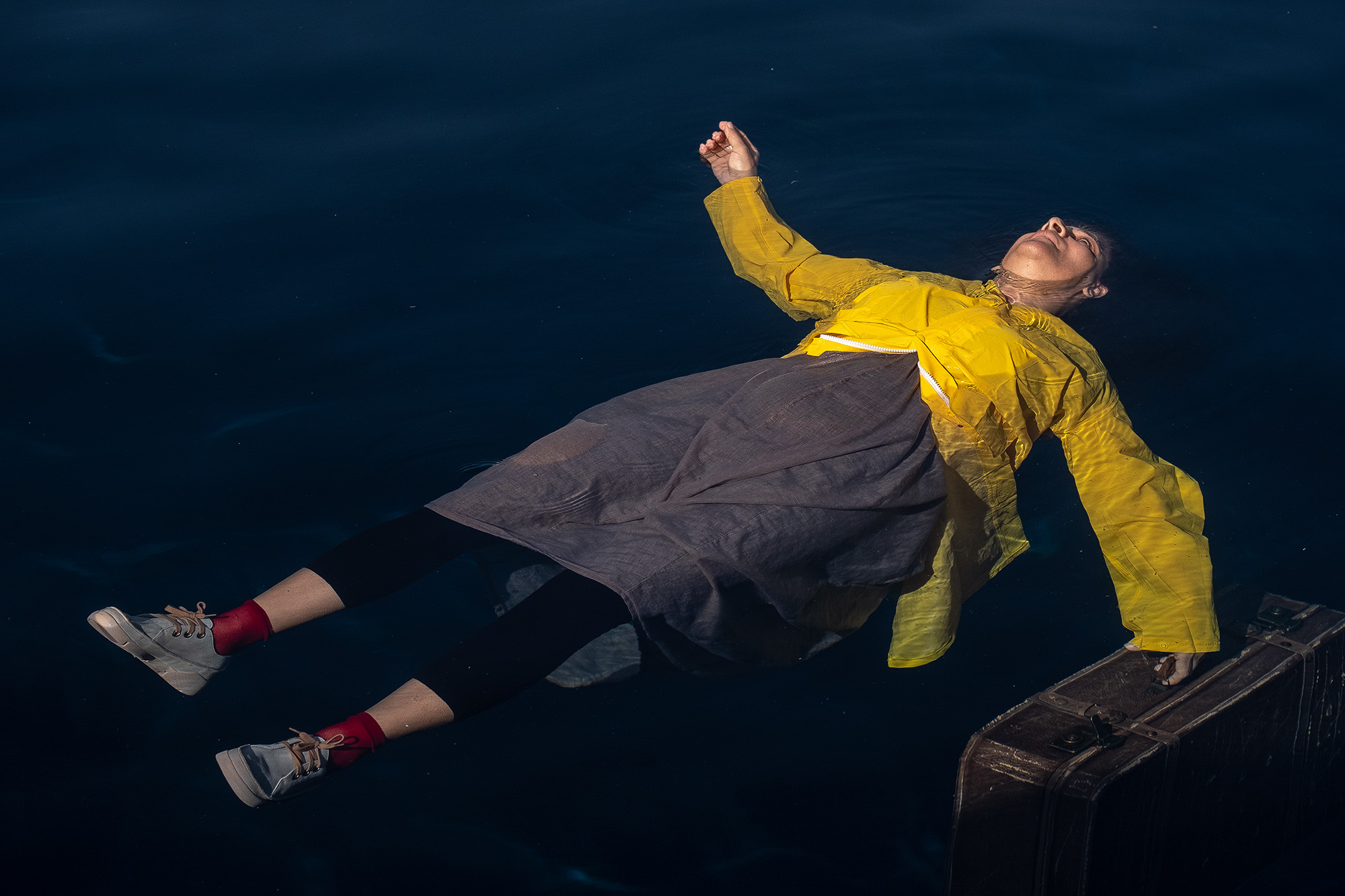Previews: 58th Venice Biennale
By The Editors

Exterior view of the Arsenale, one of the venues for the Venice Biennale. Photo by Andrea Avezz
We certainly do live in interesting times—if “interesting” means politically tumultuous and environmentally precarious. Artistic director of the 58th Venice Biennale, Ralph Rugoff, director of London’s Hayward Gallery, took the title for the central exhibition from a 1936 speech in which a member of the British parliament, Austen Chamberlain, cited an apocryphal Chinese curse. Though there is no such curse—as Rugoff acknowledges—the MP’s follow-up lines, “We move from one crisis to another. We suffer one disturbance and shock after another,” still ring true in our era.
Compared to his recent predecessors, Rugoff has selected a modest 79 artists and collectives—all of them still alive and practicing. He says the title is not a theme, but rather that the Biennale will look at “art’s social function as embracing both pleasure and critical thinking.” Parsing the tea leaves, one might assume that Rugoff, a former journalist, is not stridently focused on political issues. While a strong formalist legacy runs through the sculptural installations by artists such as Suki Seokyeong Kang, Lee Bul, Nairy Baghramian and Rosemarie Trockel, even their respective practices are motivated by corrective impulses against high-modernist aesthetics.
Rugoff has already made clear his views on artists’ political agency—“Art does not exercise its forces in the domain of politics. Art cannot stem the rise of nationalist movements and authoritarian governments in different parts of the world, for instance, nor can it alleviate the tragic fate of displaced peoples across the globe,” he writes in his curatorial statement. Yet many of the selected artists—Thai filmmaker Apichatpong Weerasethakul, sculptor Jimmie Durham, multimedia artists Shilpa Gupta, Lawrence Abu Hamdan and Halil Altındere, among many others—use their works to portray the social crises affecting specific (often minority) communities with their respective countries as well as international politics. Additionally, New Delhi-based Gauri Gill and East Jerusalem resident Rula Halawani have each built documentary-based photography practices around marginalized communities.
Individual identity issues—cultural, queer, trans—will also be in the Biennale’s spotlight, particularly in the performance-focused “Meetings on Art,” co-organized with Aaron Cezar of London’s Delfina Foundation during the opening and closing weeks. The program features figures such as Canadian-Korean artist Zadie Xa, drag performer Victoria Sin and trans performance artist boychild.
Rugoff’s dampening of expectations for a dogmatic curatorial position might just give the dozens of artists in the central exhibition, as well as participants in nearly 90 national pavilions and dozens of collateral events, plenty of room to stake out their own aesthetic and ideological territories. It will be interesting to see.
—HG Masters

NAIZA KHAN, Building Terrain III, 2013, gicl
Pakistan: Naiza Khan
Pakistan’s inaugural national pavilion will present a two-part project by Naiza Khan, derived from the artist’s decade-long research project on Manora Island—once a popular holiday destination and site of religious pilgrimage. The first portion revolves around a 1939 archival weather report found at an abandoned observatory on Manora, visualized in a series of laser-cut maps, objects cast in brass, and a recording that narrates natural disasters in British India. The second features a two-channel film installation depicting Khan’s collaboration with Karachi artisans to produce boat models—a response to the venue's historical purpose as storage for warships. Curated by Zahra Khan, the pavilion reconsiders the geopolitical aspect of weather history and explores the idea of erasure brought about by colonization and modernization.

INCI EVINER, sketch for installation of We, Elsewhere at the 58th Venice Biennale. Courtesy Istanbul Foundation for Culture and Arts.
Turkey: İnci Eviner
Taking inspiration from a 1943 essay on Jewish refugees written by the political theorist Hannah Arendt, İnci Eviner’s We, Elsewhere (2019) is a multi-media installation—comprising sound, performance and video—that evokes a collective search for erased histories, reflecting on the anxiety of displacement and an urge for belonging. Working with curator Zeynep Öz, Eviner reimagines the Sale d’Armi space as a bleak backdrop for a chorus of figures with missing limbs and haunting narratives. As visitors walk through the space, they come across the various pieces that form a collective whole, becoming witness to the severing and reconstitution of identities, a responsibility that, in Eviner’s words, “is in the questioning of being ‘us.’”

Digital rendering of ANNA KE’s "REARMIRRORVIEW, Simulation is Simulation, is Simulation, is Simulation
Georgia: Anna KE
For over a decade, Tbilisi-born Anna KE has evoked the relationship between the body and its environs with a sensitivity that manifests in her complex yet performative, gestural installations. Curated by Margot Norton, “REARMIRRORVIEW, Simulation Is Simulation, Is Simulation, Is Simulation . . .” is a complex installation that examines the transmutability of the real to digital and back again. A large-scale steel framework suggestive of theater seating, or bleachers, features her older video works, geometric patterns reminiscent of pixelated screens, and steel sculptures appearing as faucets with jets of water running through them. These twisted forms are based on letters from the ancient Georgian monumental script Asomtavruli, yet phonetically spell out the English word “deranged,” in a questioning of the reliability of language and translation.

SHITAMICHI MOTOYUKI, Tsunami Stone, from the series "Tsunami Stone," 2015
Japan: Cosmo-Eggs
For hundreds of years, the locals of Yaeyama- Miyako Island in Okinawa have worshipped the opiiwa—boulders dislodged from the sea due to the force of tsunamis—as a precaution against future natural disasters. Seen on the shoreline of the island, these rocks were photographed by Aichi-based Motoyuki Shitamichi shortly after the 2011 Tōhoku earthquake and tsunami, the resulting images of which are the main component of the site-specific, interdisciplinary project “Cosmo-Eggs,” curated by Hiroyuki Hattori. Through musical interludes, imagery and research, Shitamichi investigates the relationship between civilization and nature in collaboration with music composer Taro Yasuno, anthropologist Toshiaki Ishikura and architect Fuminori Nousaki.

NUJOOM ALGHANEM, Passage, 2019, production still for video, duration unconfirmed. Photo by Augustine Paredes. Courtesy United Arab Emirates National Pavilion, 58th Venice Biennale.
Saudi Arabia: Nujoom Alghanem
Poet, artist and filmmaker Nujoom Alghanem has been experimenting with contemporary Arabic poetry through free verse for many years. Working with co-curators Sam Bardaouil and Till Fellrath for her Venice project, Alghanem will show a site-specific two-channel video installation at Sale d’Armi based on her 2009 poem “The Passerby Collects the Moonlight,” a moving ode to immigrants and their desire to “collect the moonlight”—an act symbolic of home and security. The film depicts the physical struggles of displacement, as well as Alghanem’s radical expressions of visual language, expressing a longing for settlement and a critical reflection on the idea of “home.”

Detailed installation view of DANE MITCHELL’s Sketches of Meteorological Phenomena, 2014, glass and sand, dimensions variable, at "Dane Mitchell," Institut d
New Zealand: Dane Mitchell
Disappearance—whether forced or by natural means—is the subject of Dane Mitchell’s project at the Arsenale. Curated by Zara Stanhope and Chris Sharp, the pavilion aims to resurrect objects, languages, religions and nations that have been lost to human civilization, through a broadcasting service that enunciates the identities of 10,000 vanished entities daily. Through this act of naming—the sound traveling from cell-phone towers nestled in fake trees among the Palazzina Canonica to the Arsenale—Mitchell aims to uncover the invisible specters of history that are embedded in our landscape, and to probe the idea of loss in a post hoc age.
This article was first published in the May/June issue of ArtAsiaPacific magazine. Subscribe now!
Check back on artasiapacific.com for our coverage of the 58th Venice Biennale.






